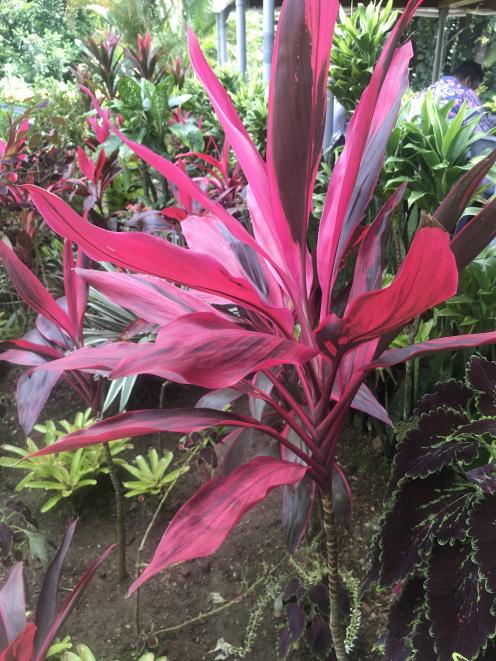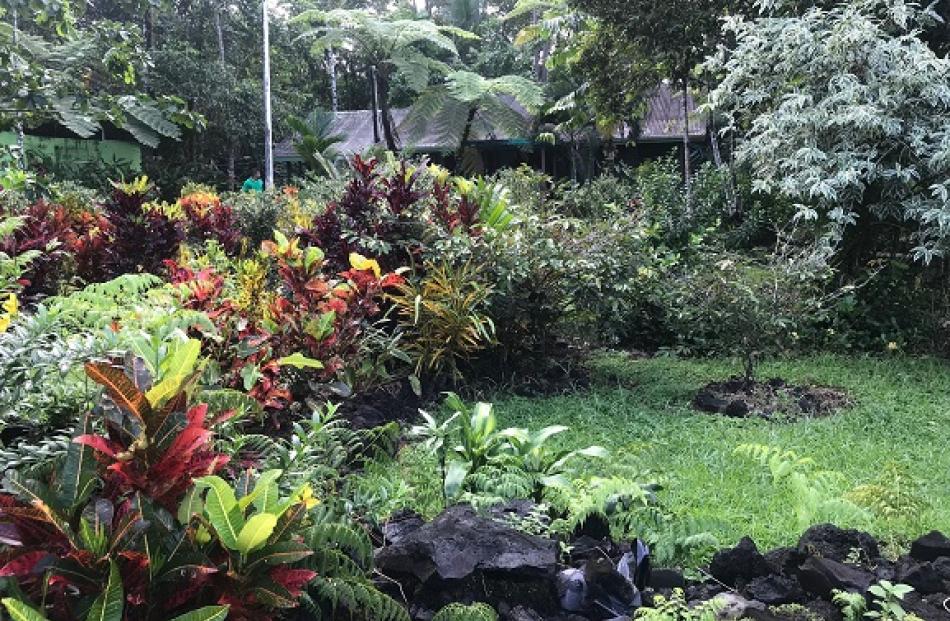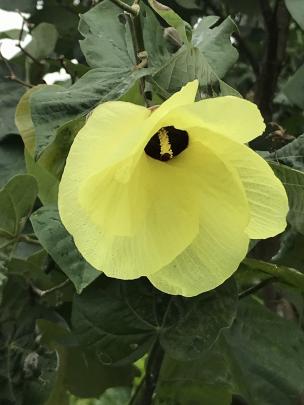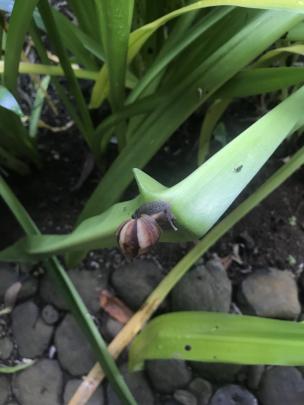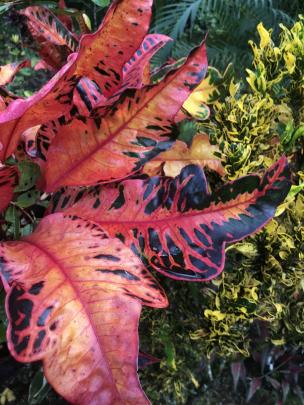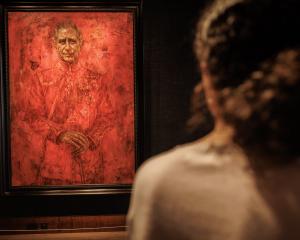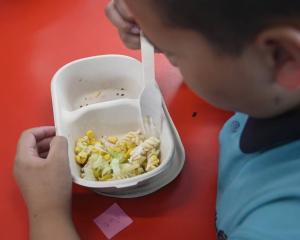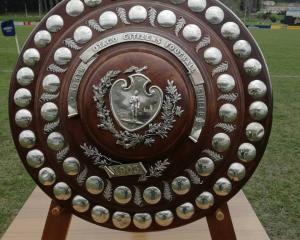In June, I had a fabulous week in tropical Samoa and, as well as visiting some of the myriad scenic attractions, spent a lot of time looking at gardens on the two main islands, Upolu and Savai’i.
The Tanoa Tusitala hotel, where I stayed in the capital, Apia, had its own orchard, so guests’ breakfasts included starfruit, bananas, dragon fruit and papaya harvested on site. To my disappointment, I was not there in the mango season but the Tanoa’s mature trees promised a good crop later in the year.
Travelling around, I was envious of the number of mangoes — my favourite tropical fruit — grown as productive shade trees, alongside jackfruit, bananas and coconuts.
Looking at them, it occurred to me that we could follow the Samoan example and make much more effort to grow fruit trees to be decorative as well as useful. We actually have an advantage, as pip and stone fruit not only give us summer and autumn plums, peaches, apples and so on, but also have lovely spring blossom, while cherries and apricots have stunning autumn foliage.
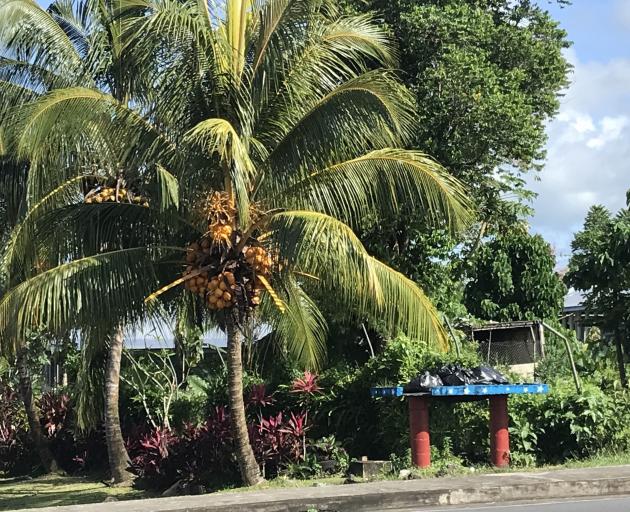
Until I went to Samoa, I had never heard of noni or nonu (Morinda citrifolia), a relative of coffee that grows wild throughout the country. The knobby fruit — each one is actually a collection of fruits fused into one — has very bitter juice that was a traditional medicine. The large leaves were used as a wound dressing. The wild fruit is collected year-round and juice is exported and sold in liquid or capsule form. These are used in various ways, from immune support and stabilising blood pressure to improving joint health, although clinical trials have yet to give nonu complete support.
I was surprised at the use of water hyacinth as a decorative pond plant as it is an invasive weed in many parts of the world, including New Zealand, where it has been recognised as a pest plant for almost a century.
Another nuisance is the giant African snail (Lissachatina fulica), now found in many Pacific countries, including Samoa. As well as chomping through vegetation, it displaces native snails and is difficult to control.
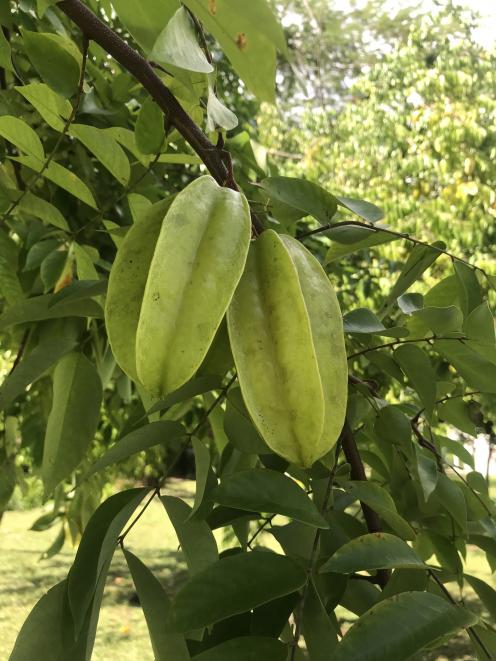
Missing were plastic plant pots but hollow slices of coconut palms were used as planters, while old tyres were repurposed as containers in almost every garden. In some villages, they were all painted the same bright colours and looked impressive. They were also a nifty way of getting rid of old tyres, an issue in Samoa where there is little recycling.
Despite the recycling issue, Samoa is notable for its clean, tidy villages and roads, with village committees checking that properties are kept up to standard. Everywhere I went in the countryside, there were workers with line trimmers keeping the roadside grass down to make walking easier.
Every house had a rubbish collection stand at the gateway, a square concrete slab on a post. They meant bags could be collected without workers getting off their trucks and, most importantly, stop roaming dogs and pigs getting into bags. Here, it wouldn’t prevent seagull attacks but would stop cats ripping into rubbish, so maybe we could try it.
